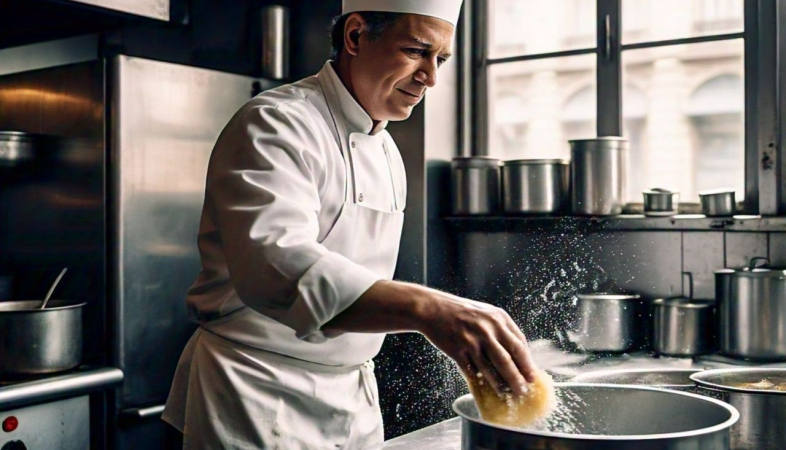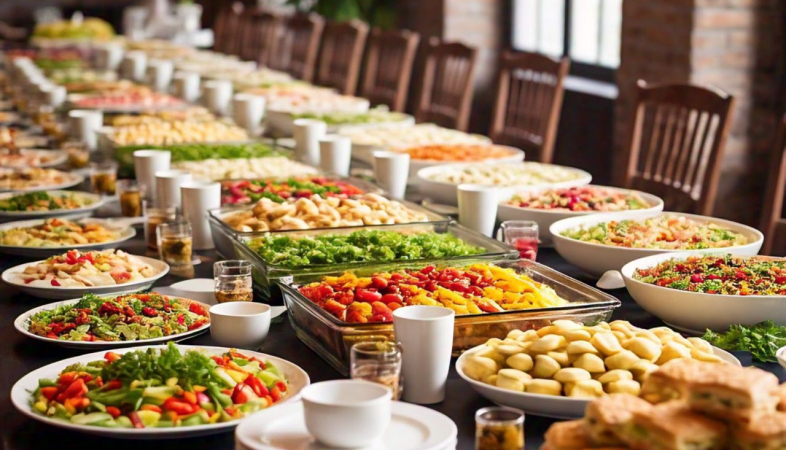SHARE
Commercials
More Posts
Jan 28, 2025
Makai Cheesy Kaju Tikki - By Chef Rajat Ranjeet
Jun 27, 2025
Uttam Das Appointed as Executive Chef at JW Marriott
Jan 28, 2025
Makai Cheesy Kaju Tikki - By Chef Rajat Ranjeet
Jun 27, 2025
.png)




























